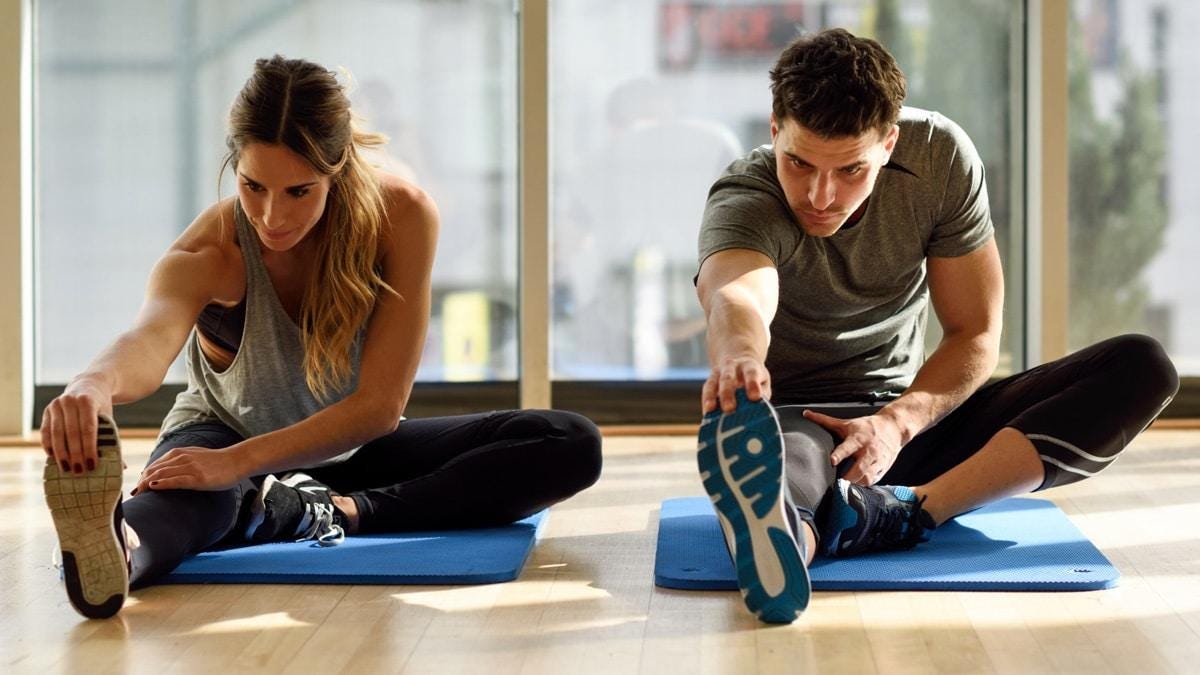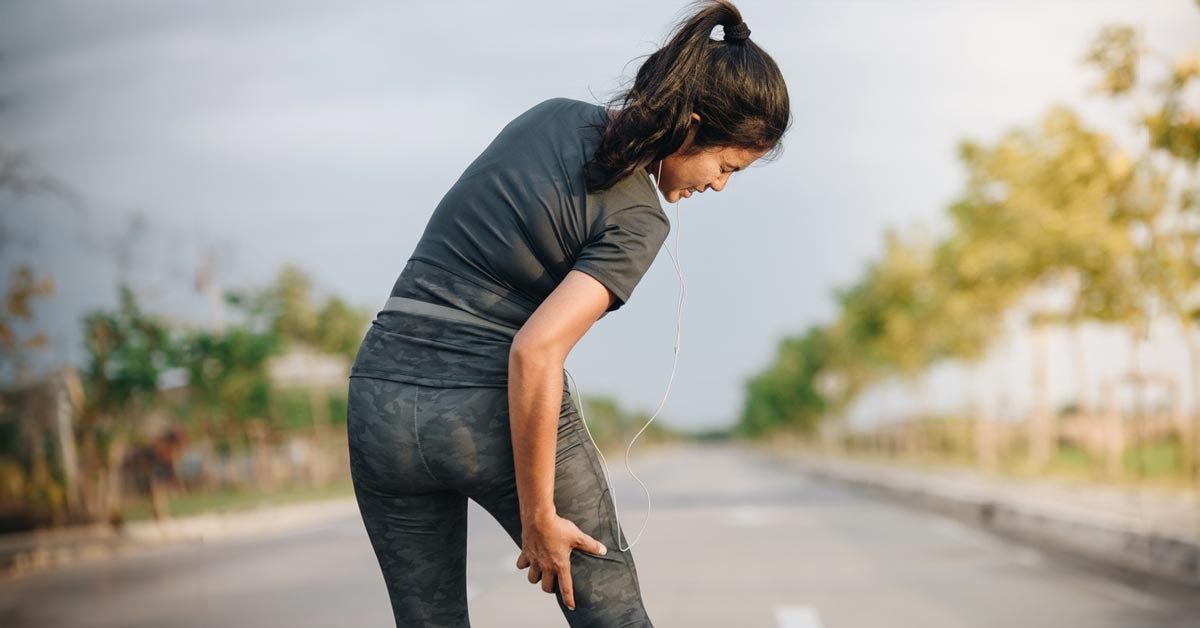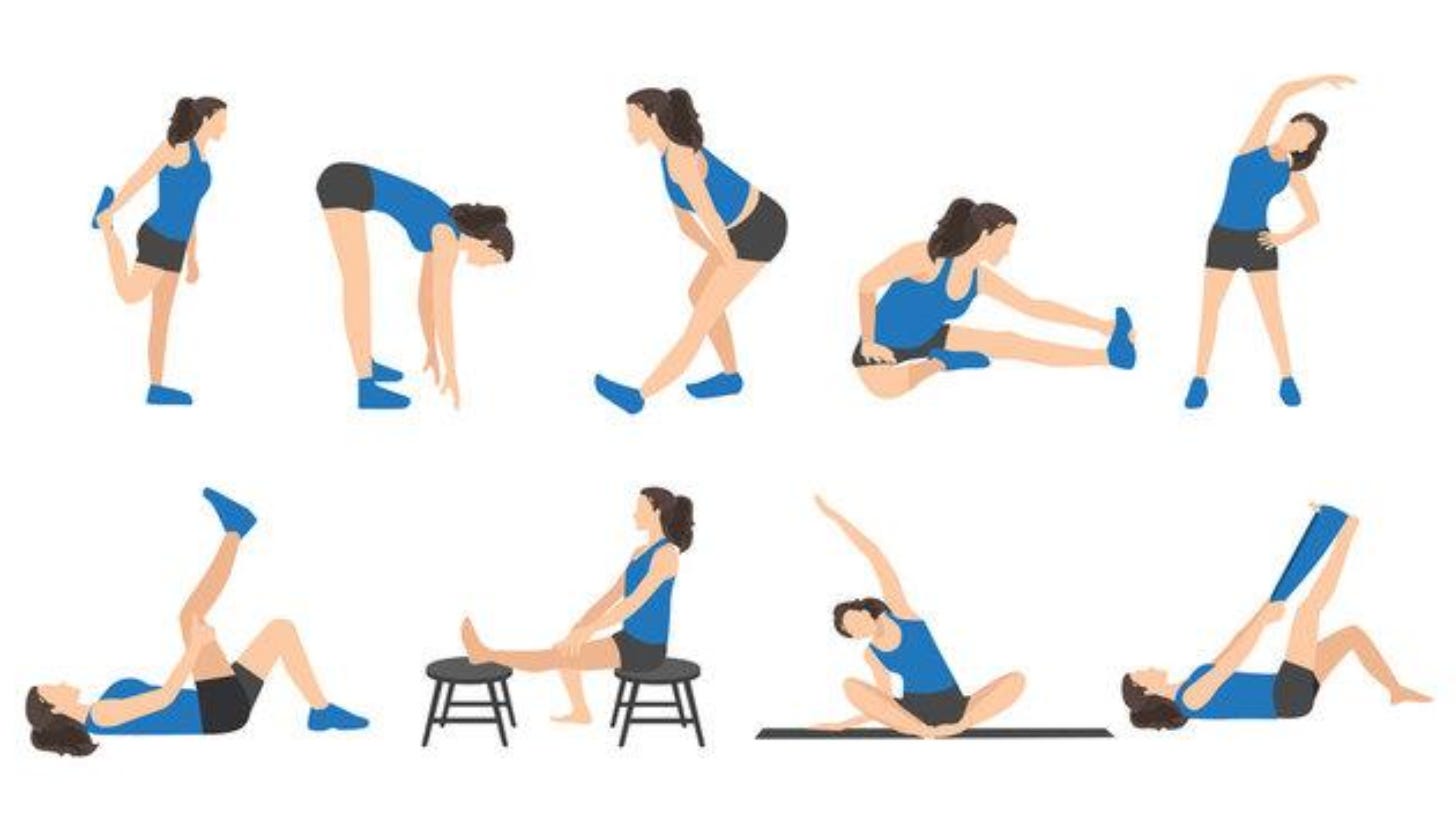Are You Stretching Correctly? Know the Difference to Prevent Injuries
Stretching only helps if done the right way. Many people want to rush through stretching and/or skip them all together. Some make common mistakes that make their muscles tighten, leading to injuries
Most people hate to stretch and feel they have no time, and/or that stretching does nothing for them. Others know stretching matters. It helps us move better and helps prevent injuries. If we don’t stretch, our muscles get shorter and tighter and then we wonder why moving and exercising gets harder and is accompanied by joint pain and stiffness as we age.
Here are Common Mistakes that can Hinder Your Flexibility Progress and Workout Effectiveness.
Choosing the Wrong Type of Stretching Rhythm
It’s important to know that there are only two ways to perform your stretches. Most don’t know or understand what they are, or why it even matters.
One is called Rhythmic Stretching or Dynamic Movement which is taking a stretch and moving through it. This is very important to do, because your muscles are cold. Moving through your stretches enables your muscles to warm up properly, getting you ready for your workout. Rhythmic stretching includes things like lunges, twisting your body, swinging your legs, and/or a light approach to moving, like a gentle jog/run, jump roping, biking, etc.
The other is called Static Stretching which is slowly moving into the stretch where you would then hold it as you take deep breaths to surrender into the stretch. You would stay in each stretch position for about 30 seconds. When you add static stretching after your workouts, it helps to lengthen and relax the muscles to safely stretch it. It also helps to increase your flexibility because your muscle are warmed up from your workout and can more easily lengthen.
So, think of it this way, Rhythmic Stretching or Dynamic Stretching helps to get your muscles ready to exercise, where Static Stretching ensures your muscle relax safely. Both can play a huge role in preventing injury. You should NEVER BE IN PAIN while stretching for either method.
The following video shows the same stretches for your Cooldown (shown Left side) and how you would do it for your Warm Up (shown right side).
Bouncing While Static Stretching
Using bouncing movements to push your muscles to stretch further (called ballistic stretching) might seem like it helps you warm up quicker or become more flexible as you perform static stretching for your cooldown. But instead, this kind of fast, jerky stretching can make your muscles tighten up, as a means of your body wanting to protect itself. Overtime, this is where injury can happen. to your muscles and tendons.
Instead of bouncing, consider getting yourself into a static stretch as I explained above, and initiate small, relaxed movements to inch further into your stretch. You want to synchronize this with your breath. You take a slow breath in through your nose as you move into the stretch. Then exhale slowly through your nose or mouth to relax further a little deeper into the stretch. If you feel pain, you are going too far.
Stretching Injured Muscles
Stretching hurt muscles is a mistake that many people make, because their focus is more about getting back to moving, rather than what the muscle really needs to heal. Since injuries usually happen when a muscle gets stretched too far, then stretching it more can make the injury worse.
As always, consult with your physician for proper care of your injured muscle. In addition, using 20-minute (20 minutes on - 20 minutes off) of ice and elevation immediately after an injury can help to bring the pain and swelling down so the muscle can begin to heal.
After a few days, if the muscle feels like it is getting better and there is no swelling, ask your doctor if you can try cycles of heat and a gentle massage of the muscle area.
Not Stretching Consistently
This one makes me think about my husband. He wants to get more flexible, because he is tired of his back pain and tight hamstrings, but he won’t make it a part of his weekly routine when he exercises. It’s only when he reinjures his back from doing a simple movement, does he complain again and then says he will stretch more often. But then, like most people, the cycle continues as he gets back to his old non-consistent no stretching habits. I share all this with love of course. :)
If you are not consistent with your stretching, then try to see it this way. To stretch is not just about to do it if you exercise. Stretching should be a constant part of everyone’s life.
Daily Stretching can provide the following:
Improves your daily performance in any physical activity
Decrease your risk of injuries
Help joints move more freely
Increase muscle blood flow
Enable your muscles to work most effectively
Improve your ability to do daily activities
So whether you’re exercising or going about your day, consider making stretching a big part of your daily routine, the way you do with brushing your teeth every day.
Speeding Through Your Stretches
People often do not stretch for the appropriate duration of time. Most times they consider that they are done exercising after the vigorous part of their workout is done. Or if they do stretch out after exercising, they will speed through it not giving it the proper attention it needs.
I always joke around with my clients when we come to the end of the group fitness class I am teaching for them, and I tell them that the doors are locked, and they cannot leave until we finish the cooldown. That of course just reminds them of what I have shared in the past about our cool down section, and it is just as important as the workout itself.
So slow down when stretching and give it the proper attention it needs with your breath, and your focus.
Not Doing Sport-Specific Stretches
Stretches for specific activities will help with the movements that you are about to do. For example, golfers might work on stretches that help them twist their back and move their hips better, so they can hit the ball with more power.
Thinking about what movements you will be doing with your activity will guide you toward what specific stretches you should be doing for that activity.
*Before & *After Stretches for Certain Activity
Consult with your physician before performing any of these stretches..
*Before your exercising perform these with the Rhythmic/Dynamic Stretching Method. *After your workout, perform these same stretches with the Static Stretching Method.
Run/Jogging - Click here for stretches.
Hiking/Walking - Click here for stretches.
Stand Up Paddle Boarding - Click here for stretches
Swimmers - Click here for stretches
Daily Stretches for Everyone - Click here for stretches





